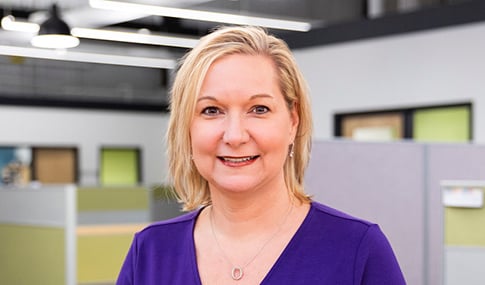
Kirsten Tynch, PE, PTOE, ENV SP, VHB's new Transportation Market Lead in Virginia, plays a pivotal role in shaping mobility and safety within our transportation networks across the state. Whether engaging with stakeholders, helping to identify funding sources for a project, or being involved in design development through construction, Kirsten is influencing how people and goods move, keeping the Federal Highway Administration’s (FHWA) Safe System Approach top of mind through her approach to projects.
Beyond her impressive qualifications and extensive experience, one of Kirsten's standout qualities is her ability to connect with people within the transportation industry, facilitating partnerships and collaborations and taking a people-centered approach to projects. Through her engagement with the Institute of Transportation Engineers (ITE) and Virginia Transportation Construction Alliance (VTCA), Kirsten uses these experiences to understand diverse perspectives and apply it to her work.
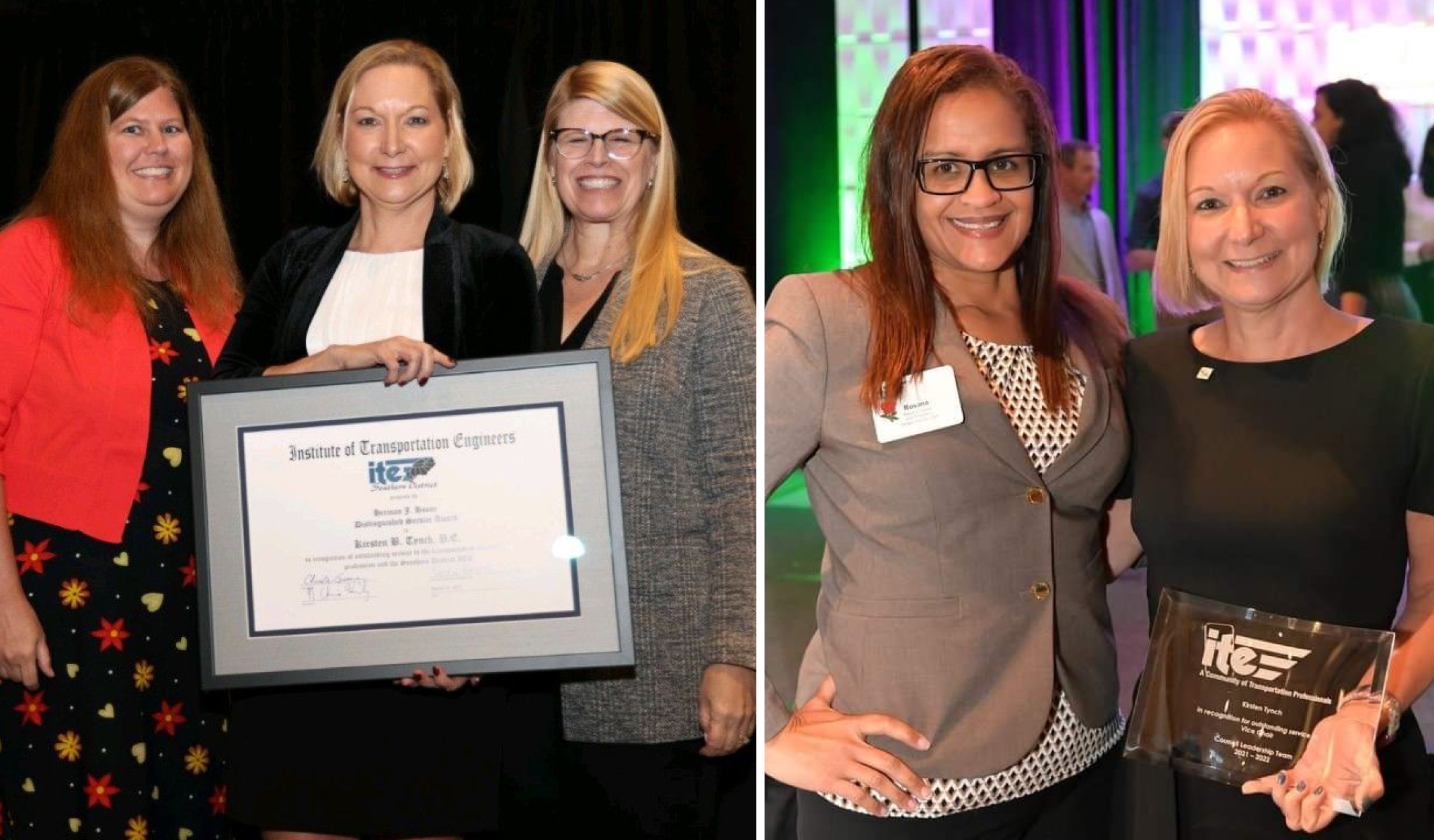
Kirsten recently shifted into a new role as Transportation Market Lead in Virginia, a position that is focused on providing the best service to varying transportation client types across the state, and successfully delivering projects. We spent some time with Kirsten to further understand her new role and what it means for clients and projects.
VHB: It’s moving to hear about your dedication as a trusted advisor to transportation agencies and localities. How will your new role as Transportation Market Lead in Virginia reinforce this commitment and enhance relationships across the transportation landscape?
Kirsten: Being solely focused on transportation in Virginia, I can dedicate myself entirely to optimizing transportation programs and making certain our clients have access to the resources they need to succeed. My primary objective is to spearhead the expansion of our services and confirm we’re providing unparalleled customer satisfaction. This involves not only fostering close collaboration with our clients to gain a deep understanding of their needs but also leveraging our knowledge to uncover and address their challenges, guiding them toward comprehensive solutions that they may not have previously considered.
Our teams work with numerous localities across the state on roadway design projects, taking an equitable and holistic approach to each one with safety as a primary consideration for drivers, pedestrians, bicyclists, and transit users. With our team’s knowledge and understanding of local community needs and municipal regulations, procedures, and priorities, there is opportunity to expand into larger design projects to help seamlessly integrate these local arterials with the interstate and highway network—contributing to a cohesive transportation system overall. We’re growing and expanding our transportation teams in Virginia, including our bridge and structures team, to bolster the support we can provide agencies and localities. So far this year, we’ve been able to bring one project manager, two roadway design engineers on board in Virginia, and three bridge and structures engineers.
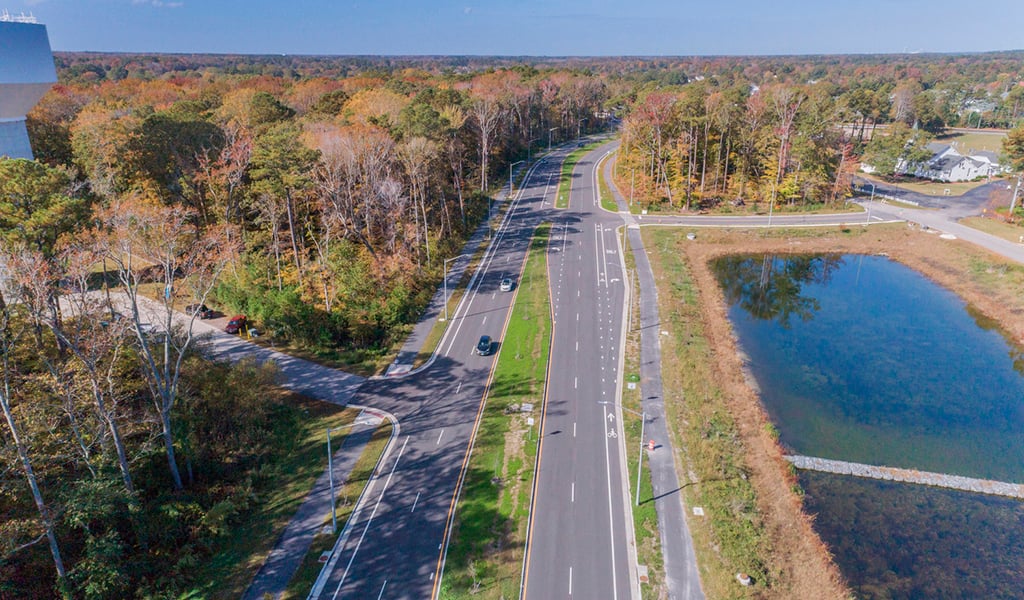
VHB: Can you elaborate more on VHB’s holistic approach to projects and how that can benefit clients with some of the challenges they’re facing?
Kirsten: Transportation professionals today are grappling with the challenges posed from aging infrastructure and need for more capacity due to growing populations. However, there is more to a project and how we approach it than just focusing on increased capacity that I think can really help. When we approach a solution, we embrace a holistic perspective that not only addresses capacity but quality of life for communities. We want to improve this by first understanding the community’s needs to enhance their connectivity, improve mobility, and integrate multimodal alternatives that are safe, convenient, and comfortable. In doing this, we also align our methodologies with the Safe System Approach, aiming to eliminate fatalities and serious injuries on our roadways. This is the cornerstone of our approach, guiding each aspect of our project implementation and considering the well-being of all road users remains paramount.
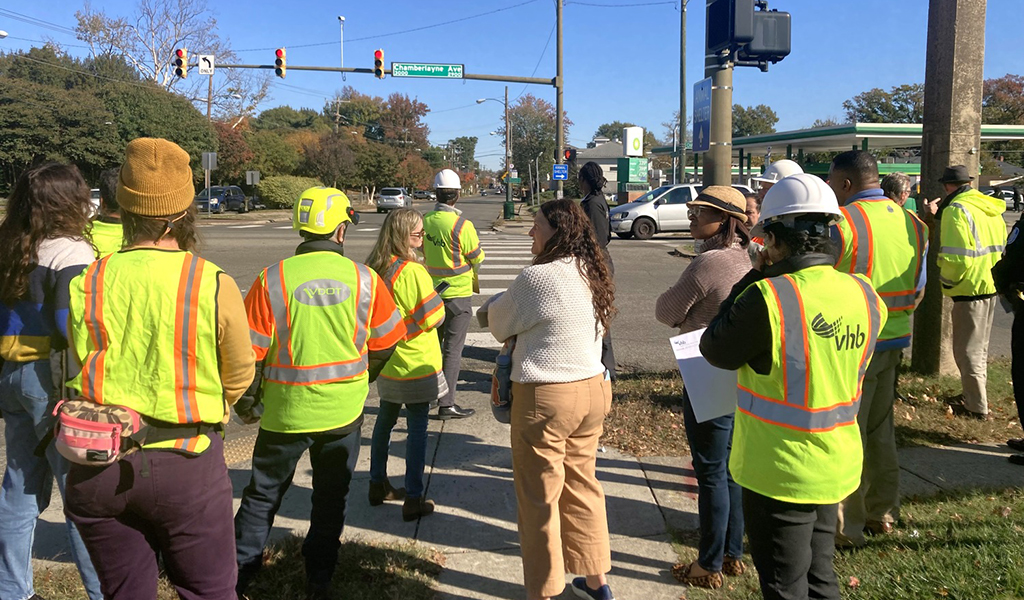
VHB: Looking ahead, what are some opportunities and emerging trends you’ve been observing within Virginia’s transportation landscape?
Kirsten: With the passing of the Infrastructure Investment and Jobs Act (IIJA) in 2021, more funding than ever before is devoted to transportation projects across all levels—localities, planning organizations, and Department of Transportations. Each of our clients are now tasked with delivering their programs more efficiently and using this funding the best way they can. We are dedicated to helping navigate these funding opportunities and making certain our clients have access to the resources they need to succeed. For example, we recently assisted the City of Portsmouth with a Safe Streets and Roads for All (SS4A) grant, the City of Harrisonburg with a Rebuilding American Infrastructure with Sustainability and Equity (RAISE) grant, and the Town of Duck with a Building Resilient Infrastructure and Communities (BRIC) grant for their living shoreline and resiliency project, all of which aim to enhance safety and accessibility.
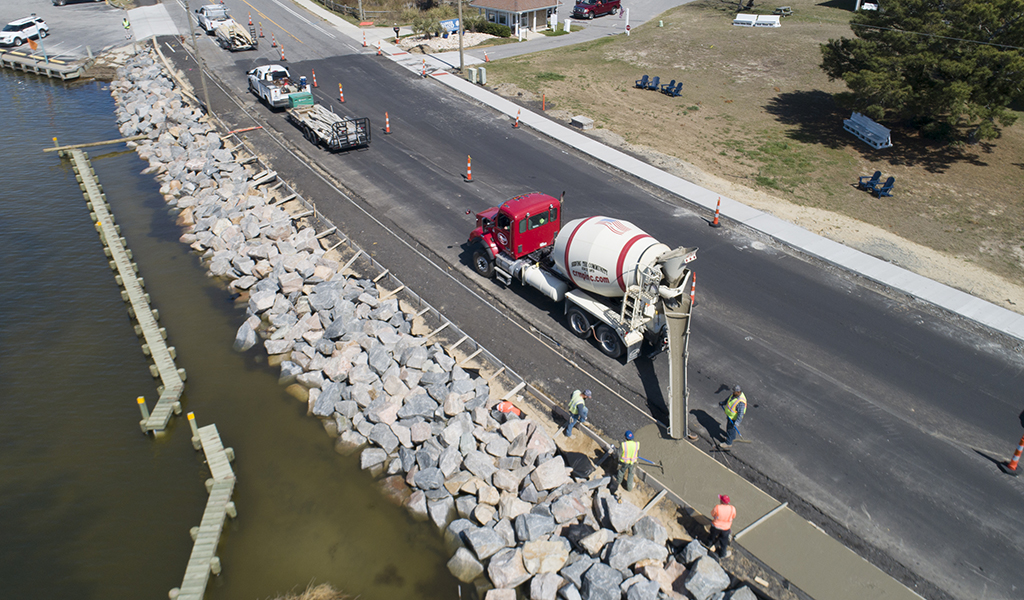
These funding opportunities, through exciting, may also be daunting to navigate. Our role is to make clients aware that these opportunities exist, guide them through this process, help them make the most of the resources available, and ultimately create transportation systems that benefit all.
Resilient transportation planning for our coastal communities facing climate change is another opportunity as we face more and more sever climate events. Through innovative approaches such as green infrastructure, decentralized systems, and robust risk management strategies, we can build our transportation networks to endure the test of time and service as resilient and sustainable lifelines for our communities.
Also, the electrification revolution presents a transformative opportunity to reduce emissions and enhance sustainability in transportation. Embracing electric vehicles and associated infrastructure advancements can propel us towards a greener, more efficient future.
Advancements in data and technology are also at the forefront of our service delivery. Whether model-based design, digital twins, artificial intelligence (AI), or big data, these opportunities simulate and analyze various scenarios with better accuracy and efficiency. We’re using digital project delivery with a few agencies and through this can optimize designs, anticipate challenges, and streamline decision-making processes.
Interested in learning more about Kirsten’s role on transportation projects in Virginia? Connect with her on LinkedIn or by sending her an email.
